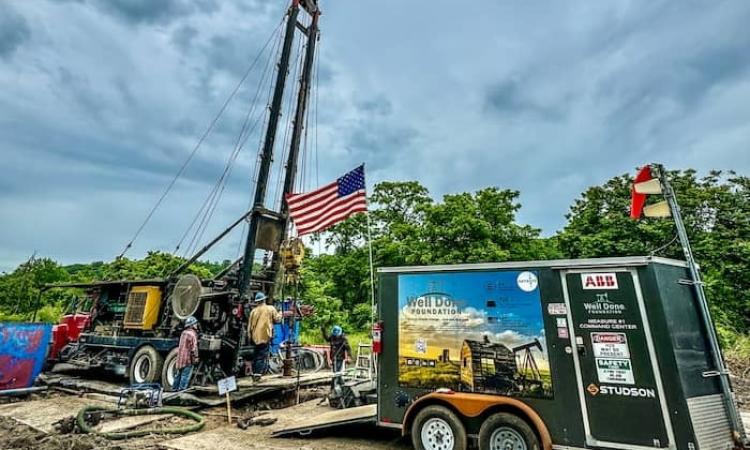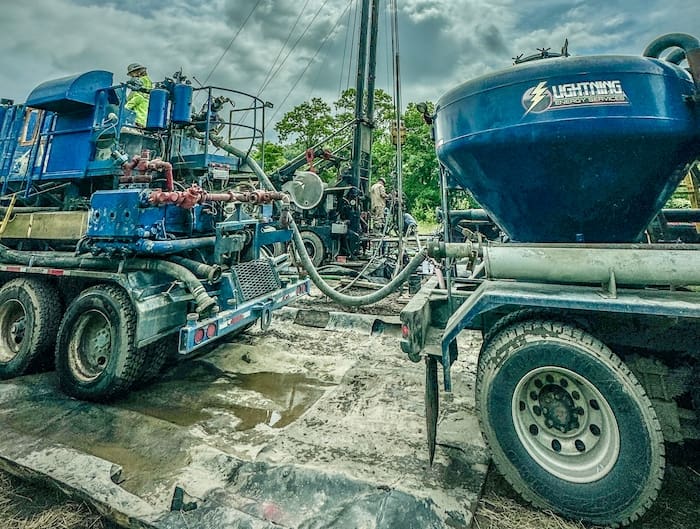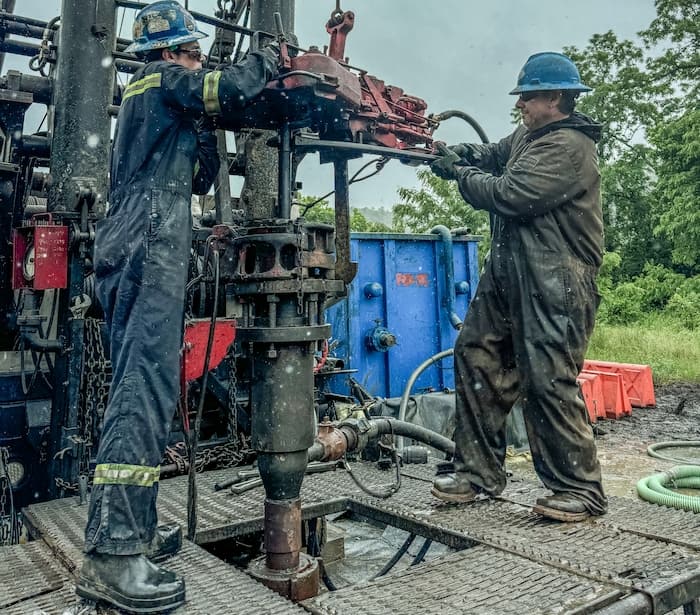Turning Methane Liability into Climate Wins—One Well at a Time

Centuries before climate change became a household concern, the American energy landscape was being shaped by generations of oil and gas prospectors. From the earliest wells in Pennsylvania in the 1850s to the booming oil fields of Texas, California, and Oklahoma, fossil fuel exploration expanded with ambition but little foresight. Oversight was minimal, documentation was often spotty, and most significantly, there was no accountability for decommissioning wells when production ceased.
When wells ran dry or oil prices collapsed, many operators simply walked away, leaving behind what are now referred to as "orphaned wells", which are non-producing, undocumented, and unmonitored oil and gas sites that have no legally responsible party for cleanup. Over time, these forgotten relics have become significant environmental liabilities, leaking methane and other harmful contaminants into the air, water, and soil.
Fast forward to today, and the United States faces a massive orphan well crisis. An estimated 3 million orphaned wells are scattered across the country. Many continue to emit methane, a greenhouse gas more than 80 times more potent than CO₂ over 20 years. These emissions pose not only a grave threat to the climate but also jeopardize nearby ecosystems and water supplies, particularly in rural and historically underserved communities.
Despite recent governmental efforts to fund plugging operations, the scope of the problem far exceeds current capacity.
A Well Nearly a Century in the Making
One well’s story perfectly encapsulates the long-term risks and the promise of action. In August 1927, the “A. Lorenzen #15”, a known well, was drilled in Toole County, Montana. Just 19 days after drilling began, a fire consumed the rig. The well was labeled a "dry hole," and records indicated it was plugged at the end of that same month. But for the next 96 years, A. Lorenzen #15 quietly leaked methane into the atmosphere.
Though it reappeared in state records in 1991, it was mistakenly listed as plugged. In 2021, during field assessments, the team at the Well Done Foundation identified active methane emissions at the site. This finding would lead to a major restoration effort, combining satellite imagery, field surveys, and community engagement to prioritize the well for plugging.

From Detection to Restoration
Well Done Foundation's approach to the A. Lorenzen #15 well involved a detailed emission measurement protocol to establish a carbon baseline to qualify the site for verified carbon credit generation.
With financial backing from a private foundation and the pre-sale of high-quality carbon credits, a full-scale plugging operation was launched in 2023. In addition to halting methane emissions, the process revitalized the land, creating co-benefits like improved groundwater safety and habitat restoration.
The climate benefit from sealing this single well was immense: over 20,000 metric tons of CO₂-equivalent emissions were prevented, comparable to removing 4,400 cars from the road for a year or planting nearly a million trees.
A Model for Scalable Impact
The key to the non-profit's success is rooted in scientific rigor, community collaboration, and financial transparency. Well Done Foundation's methodology follows stringent industry best practices and includes a ten-year post-plug monitoring plan. Independent audits confirm that emissions remain at zero, ensuring that climate benefits are real, measurable, and permanent.
Methane’s relatively short atmospheric lifespan makes it an ideal target for immediate climate action. Unlike abstract carbon offset promises, orphan well plugging is a tangible intervention with proven results. It is, in the simplest terms, a solution of “gas on, gas off.”
To date, the Well Done Foundation has plugged over 55 orphan wells across several states. Each project not only reduces emissions but also creates local jobs, supports landowners, and improves environmental health. Their funding model invites both individual donors and institutional partners to participate in climate solutions. For as little as $25, anyone can purchase certified carbon credits that directly support well-plugging projects.

Investing in the Future by Cleaning Up the Past
The stakes are high. Climate change is accelerating, and communities are already feeling the impact. The orphan well crisis is a solvable piece of the puzzle—one that offers a rare win-win for both environmental restoration and economic revitalization.
It is easy to feel overwhelmed by the scale of global emissions. But orphan well plugging provides a clear, actionable pathway to make an immediate difference. Every well-plugged is a small but mighty act of environmental stewardship, and with collective support, we can multiply that impact.
To learn how you or your organization can get involved, visit welldonefoundation.org/plug-now. Together, we can turn liabilities into legacies—one well at a time.
This article was written by Curtis Shuck, the founder and Chairman of the Board at the Well Done Foundation.

